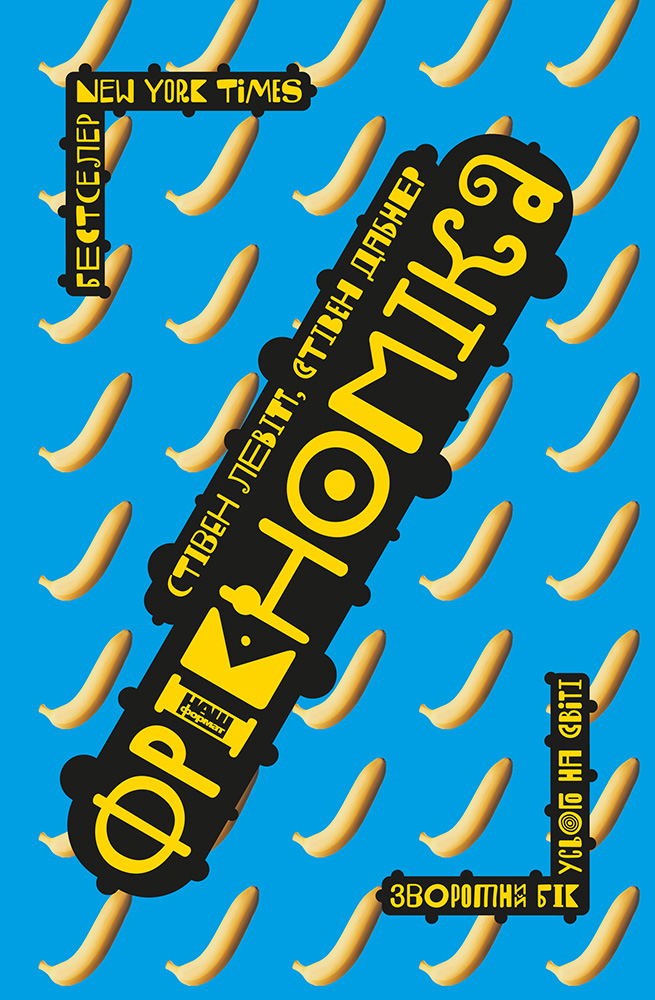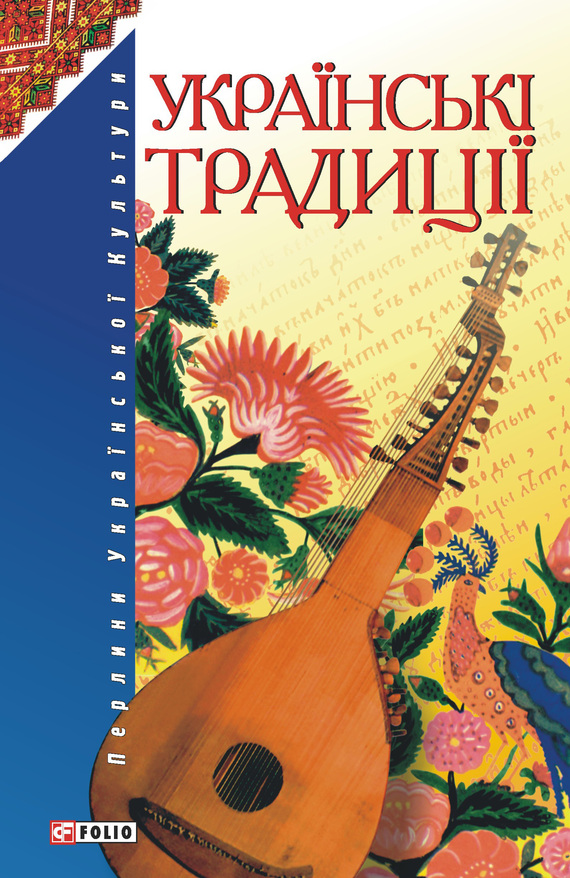Читати книгу - "Genghis Khan and the Making of the Modern World"
Шрифт:
Інтервал:
Добавити в закладку:
Such stories offered assurance that the old khan was truly dead, and at the same time they heaped shame and opprobrium on the court of the Naiman, the next target of Temujin’s campaign. Propaganda and control of public opinion were quickly emerging as Temujin’s primary weapons of choice. The Mongols spread stories among their supporters accusing the aging Tayang Khan of having disintegrated into an imbecile and weakling whose wife and son despised and shamed him in public. To build anger among their followers against the enemy, the Mongol leaders spread the story that the Naiman queen despised Mongols as dirty and smelly savages. Using gossip as a way to build confidence in their own men and to weaken the enemy’s resolve, the Mongols reported that the son of Tayang Khan mockingly called him Old Woman Tayang, and that he would not venture any farther from his ger than would a pregnant woman going to piss.
At the same time that they spread such strange stories about the Naiman court, the Mongols boosted their own spirits with stories of how afraid the Naiman were of them. Since Jamuka had joined the Naiman, stories circulated of how he would terrify them with descriptions of Temujin’s warriors. The Secret History recounted the horrific description of the Mongols in proud detail: “They have chisels for noses and sharp awls for tongues. They can live by eating the dew and riding the wind.” They compared Temujin to a starved falcon, but also said that “his whole body is made from copper and iron fastened so tightly together that no awl could penetrate it.”
By contrast to this description, the first Mongol captured by a Naiman advance guard rode a horse so skinny with a saddle so primitive that the captors sent the horse and saddle from camp to camp in mockery to convince their fellow Naiman of how pathetic the Mongols had become. Temujin responded to the captured horsemen episode with another trick. Since he had far fewer soldiers than the Naiman, Temujin ordered each man to set five campfires every night on the hills where his army camped. From a distance, the small army appeared much larger, since they seemed to have “more fires than the stars in the sky.”
The final battle for control of Mongolia came in 1204, the Year of the Rat, about three hundred miles west of Burkhan Khaldun. In the days leading up to the battle, Temujin tested his new military organization based on squads of ten. Rather than committing to an all-out battle, which he might easily lose because of his smaller numbers, Temujin picked at the Naiman with small and unpredictable hit-and-run skirmishes. In the first episode, Temujin ordered his men to advance in what was called the Moving Bush or Tumbleweed Formation just before daylight. Rather than large units racing in to attack, the dispersed squads of ten advanced severally and silently from different directions while keeping their profiles low in the predawn darkness. This prevented the enemy from seeing how many there were or from preparing for an attack from a single direction. After attacking, the squads fled in different directions, leaving the enemy wounded but unable to retaliate before the attackers disappeared.
Temujin followed the sporadic attacks of the Moving Bush with the Lake Formation, in which a long line of troops advanced, fired its arrows, and then was replaced by the next line. Like waves, they struck and then disappeared as quickly as they had appeared, each wave, in turn, returning to the rear and forming another wave. The use of the Lake Formation caused the Naiman to spread out in a long, thin line to meet the long line of attacking men. Once the Naiman spread out, Temujin switched to his third tactic. He regrouped his squads one behind the other in the Chisel Formation, which was narrow across the front but extremely deep, allowing the attackers to channel maximum force to one point on the now thinned Naiman lines and chisel through them.
The tactics seemed to be, at least in part, an amalgamation of older fighting techniques and hunting strategies; yet the consistent inability of the perplexed enemy to respond effectively to this form of warfare indicated that Temujin had introduced enough innovation to make these strategies uniquely his own. Temujin had produced a new type of steppe army based on a greater variety of tactics and, most important, close cooperation among the men and complete obedience to their commanders. They were no longer an attacking swarm of individuals; they were now a united formation. Temujin used a set of maneuvers that each man had to know and to which each responded precisely and without hesitation. The Mongols had a saying: “If he sends me into fire or water I go. I go for him.” The saying reflected not just an ideal, but the reality, of the new Mongol warfare, and it made short order of the Naiman.
The Mongols were gaining the advantage, but Temujin did not race to victory. The night before what everyone expected would be the decisive battle, he told his men to sleep soundly. On the other side, confused, disoriented, and their line of communication broken, the Naiman began to flee during the night. Temujin, however, held his soldiers in check and did not pursue them. The night was dark and moonless, and the only escape route was on the steep back side of the mountain. Unable to see, the fleeing men and their horses slipped and fell into the gorge. In the words of the Secret History, their bodies piled up like “rotten logs” at the bottom of the cliff
The next morning, the Mongol forces easily defeated the few remaining Naiman and “finished Tayang Khan.” Among the warriors who had successfully escaped, Tayang Khan’s son Guchlug fled to the distant Tian Shan Mountains of
Увага!
Сайт зберігає кукі вашого браузера. Ви зможете в будь-який момент зробити закладку та продовжити читання книги «Genghis Khan and the Making of the Modern World», після закриття браузера.




